Arroz con Gandules is more than just a dish; it’s a vibrant expression of Puerto Rican heritage. This savory rice dish, brimming with pigeon peas and seasoned to perfection, is a staple at family gatherings and festive celebrations. Its rich aroma and hearty flavors tell a story of tradition, community, and the joy of sharing a meal.

In culinary schools, Arroz con Gandules in Culinary Schools is not only taught as a recipe but as an art form. Students learn to balance the spices, understand the importance of each ingredient, and appreciate the cultural significance behind every bite. It’s a journey that takes you from the bustling markets of Puerto Rico to the warmth of a home-cooked meal, all within the walls of a classroom.
This dish is a testament to the enduring spirit of Puerto Rican cuisine, where every grain of rice is infused with history and every spoonful is a celebration of life. Join us as we explore the making of Arroz con Gandules, a dish that continues to captivate hearts and palates around the world.
Mastering the Art of Arroz con Gandules
Ingredients and Their Significance
Arroz con Gandules is a dish that brings together a symphony of flavors, each ingredient playing a crucial role in creating the perfect harmony. At the heart of this dish are the pigeon peas, known as gandules, which are not just a source of protein but also a symbol of Puerto Rican culture. These peas are cooked with rice, which acts as the canvas for the other flavors to shine.
The saffron adds a touch of luxury and vibrant color to the dish, while the cumin and paprika provide depth and warmth. The garlic and onions form the aromatic base that ties all the flavors together. Each ingredient is chosen for its ability to contribute to the overall taste and texture of the dish, making it a favorite among those who appreciate good food.

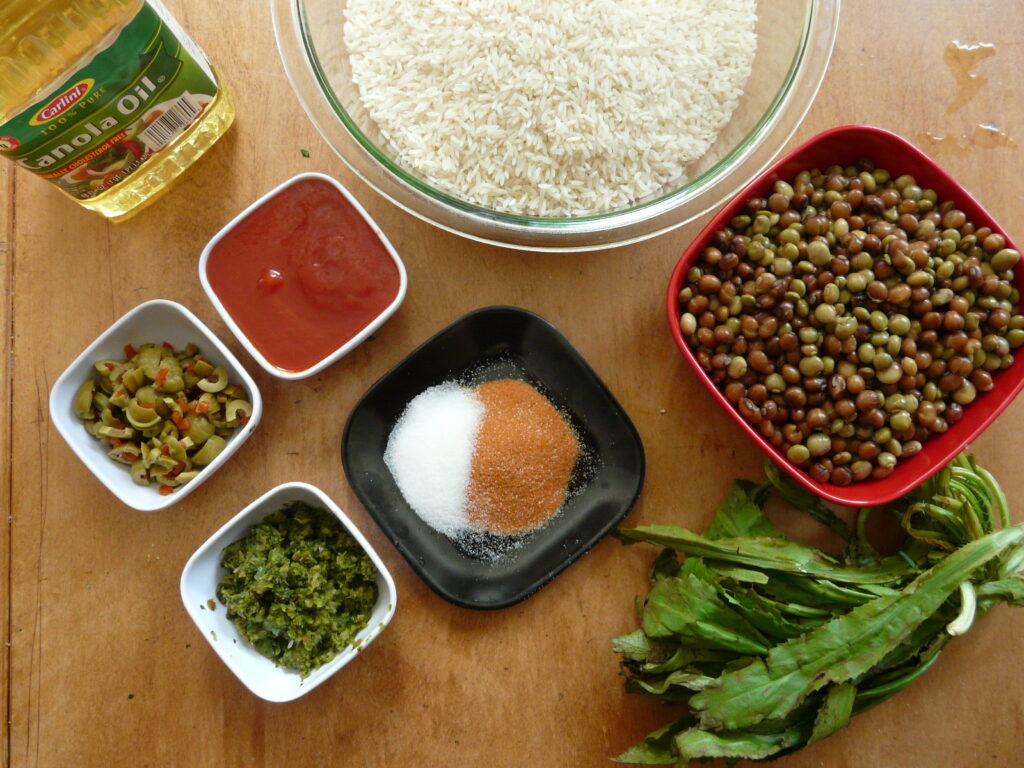
Preparation Steps Simplified for Beginners
Making Arroz con Gandules might seem daunting at first, but with these simple steps, anyone can create this delicious dish. Start by rinsing the rice until the water runs clear to remove excess starch. Then, sauté the onions and garlic in a large pot until they’re soft and fragrant. Add the pigeon peas and spices, stirring well to coat them in the aromatics.
Next, pour in enough water to cover everything, bring it to a boil, then reduce the heat and let it simmer. Stir occasionally to prevent sticking and ensure that the rice cooks evenly. Once the rice is tender and has absorbed all the flavors, your Arroz con Gandules is ready to be served.
This dish is not just about following a recipe; it’s about understanding why each step is important and how it contributes to the final result. By mastering these basics, you’ll be well on your way to creating your own version of this beloved Puerto Rican classic.
Cooking Techniques OF Arroz con Gandules in Culinary Schools
In culinary schools, students learn to cook Arroz con Gandules through hands-on experience. They start by understanding the importance of each ingredient and how it contributes to the dish’s flavor profile. Then, they practice various cooking techniques, such as sautéing onions and garlic to create a flavorful base, and simmering the rice and pigeon peas to perfection.
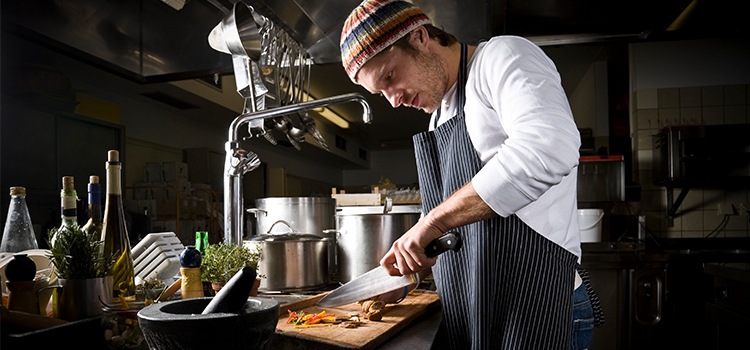
The instructors emphasize the need for patience and attention to detail, as these are key to achieving the right texture and taste. Students also learn about the cultural significance of the dish and how it’s traditionally prepared in Puerto Rican households. By the end of the course, they’re not just able to cook Arroz con Gandules; they’ve also gained a deeper appreciation for Puerto Rican culinary traditions.

The Role of Tradition in Culinary Education
Teaching Arroz con Gandules in culinary schools is about more than just cooking; it’s about preserving a piece of Puerto Rican culture. The dish serves as a gateway for students to explore the history and traditions of Puerto Rico. They learn about the origins of each ingredient and how they’ve been used in Puerto Rican cuisine for generations.
Instructors encourage students to think critically about how traditional recipes can be adapted for modern kitchens while still maintaining their essence. This approach helps students understand the importance of cultural heritage in culinary arts and inspires them to carry these traditions forward in their own cooking practices.
By focusing on tradition, culinary schools play a vital role in keeping Puerto Rican cuisine alive and relevant. Students leave with not only cooking skills but also a sense of pride in their cultural identity and a commitment to honoring their culinary heritage.
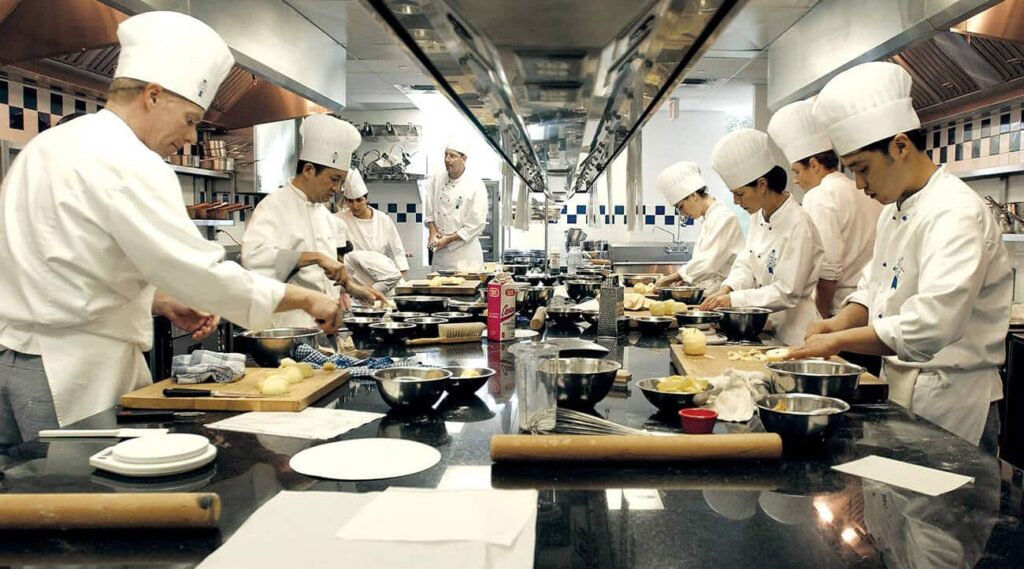
Interactive Learning Activities
Culinary schools make learning about Arroz con Gandules fun and engaging through interactive activities. Students participate in group cooking sessions where they work together to prepare the dish, sharing tips and techniques along the way. This collaborative environment helps them learn from each other and build teamwork skills.
After cooking, students gather for tasting and feedback circles. They discuss what they liked about the dish, what could be improved, and how it compares to traditional Puerto Rican Arroz con Gandules. These activities not only enhance their culinary skills but also deepen their understanding of the cultural context of the dish.
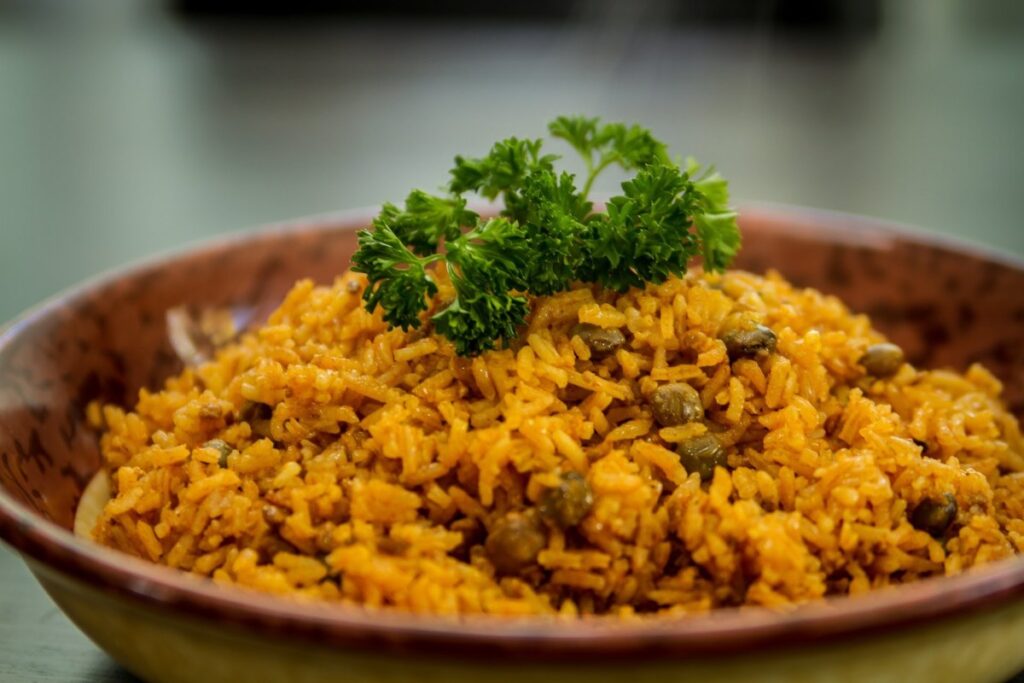
Final Analysis
Teaching Arroz con Gandules in culinary schools is a rewarding experience that goes beyond cooking. It’s about connecting with Puerto Rican culture, understanding the significance of traditional dishes, and passing on this knowledge to future generations.
As students master the art of making Arroz con Gandules, they become ambassadors of Puerto Rican cuisine. They carry with them not just a recipe, but a story—a story of a people, their history, and their love for good food. This is the true essence of culinary education: to inspire, to teach, and to celebrate the rich tapestry of world cuisines.
Disclosure: Our blog contains affiliate links to products. We may receive a commission for purchases made through these links. However, this does not impact our reviews and comparisons. We try our best to keep things fair and balanced, in order to help you make the best choice for you.
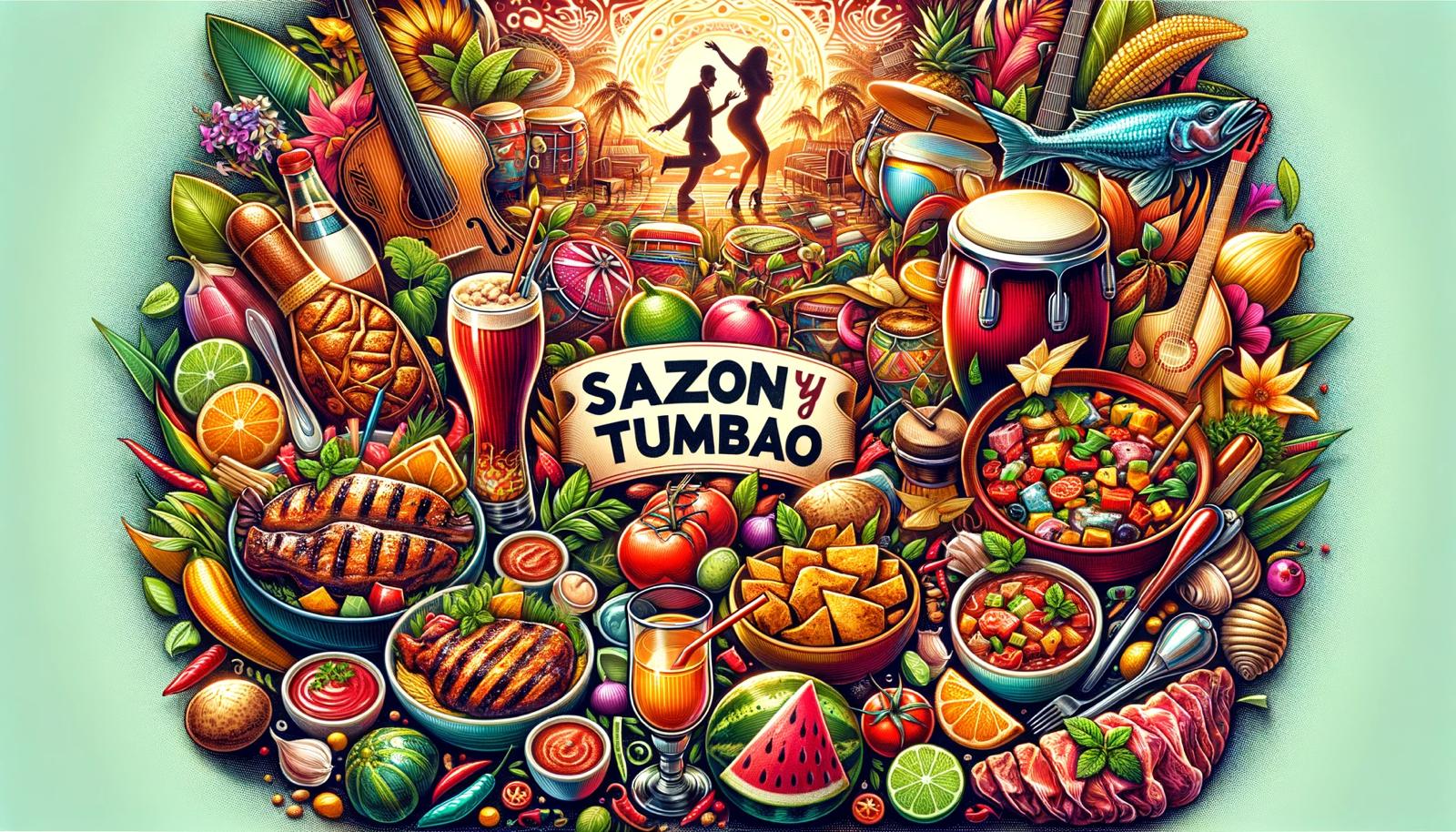

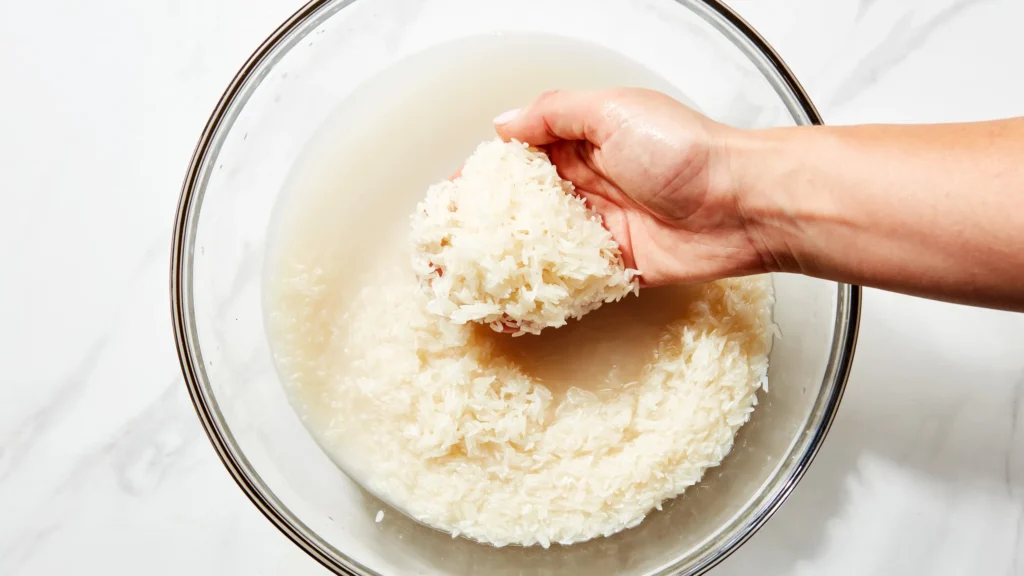

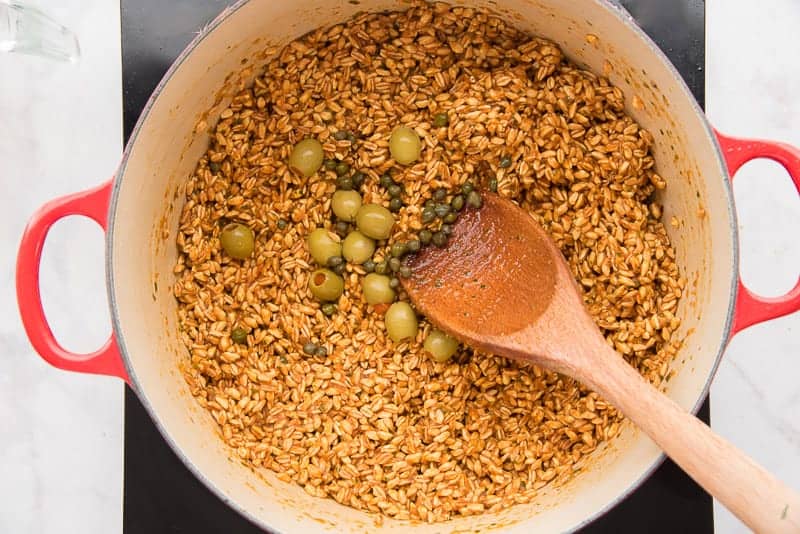

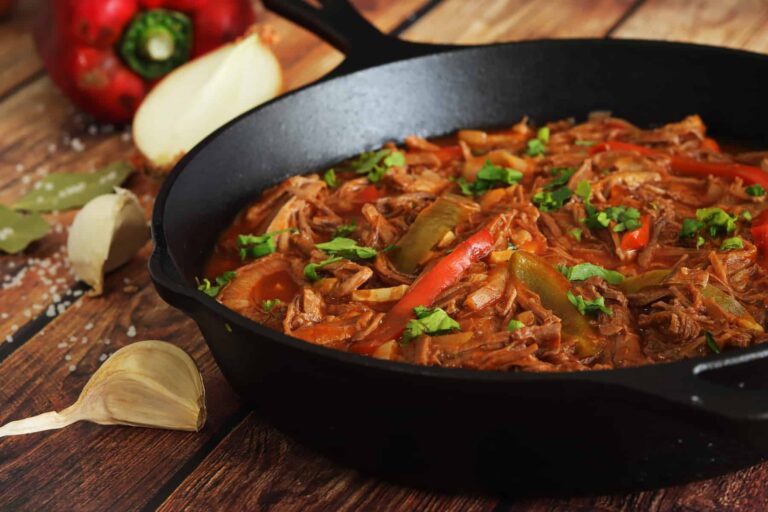


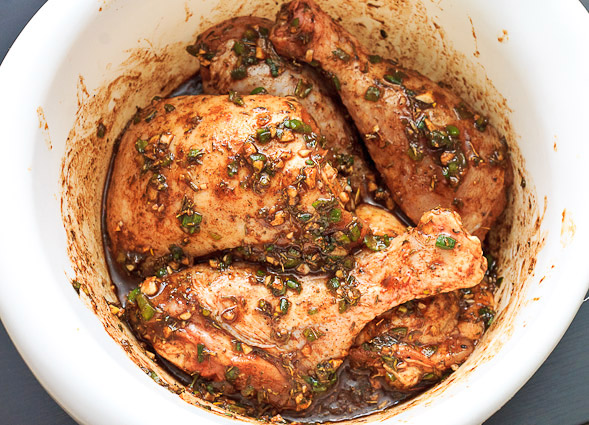
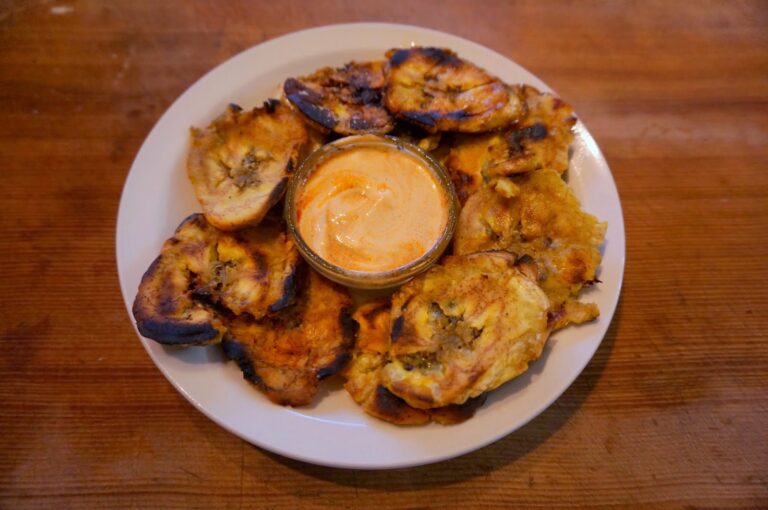
2 Comments